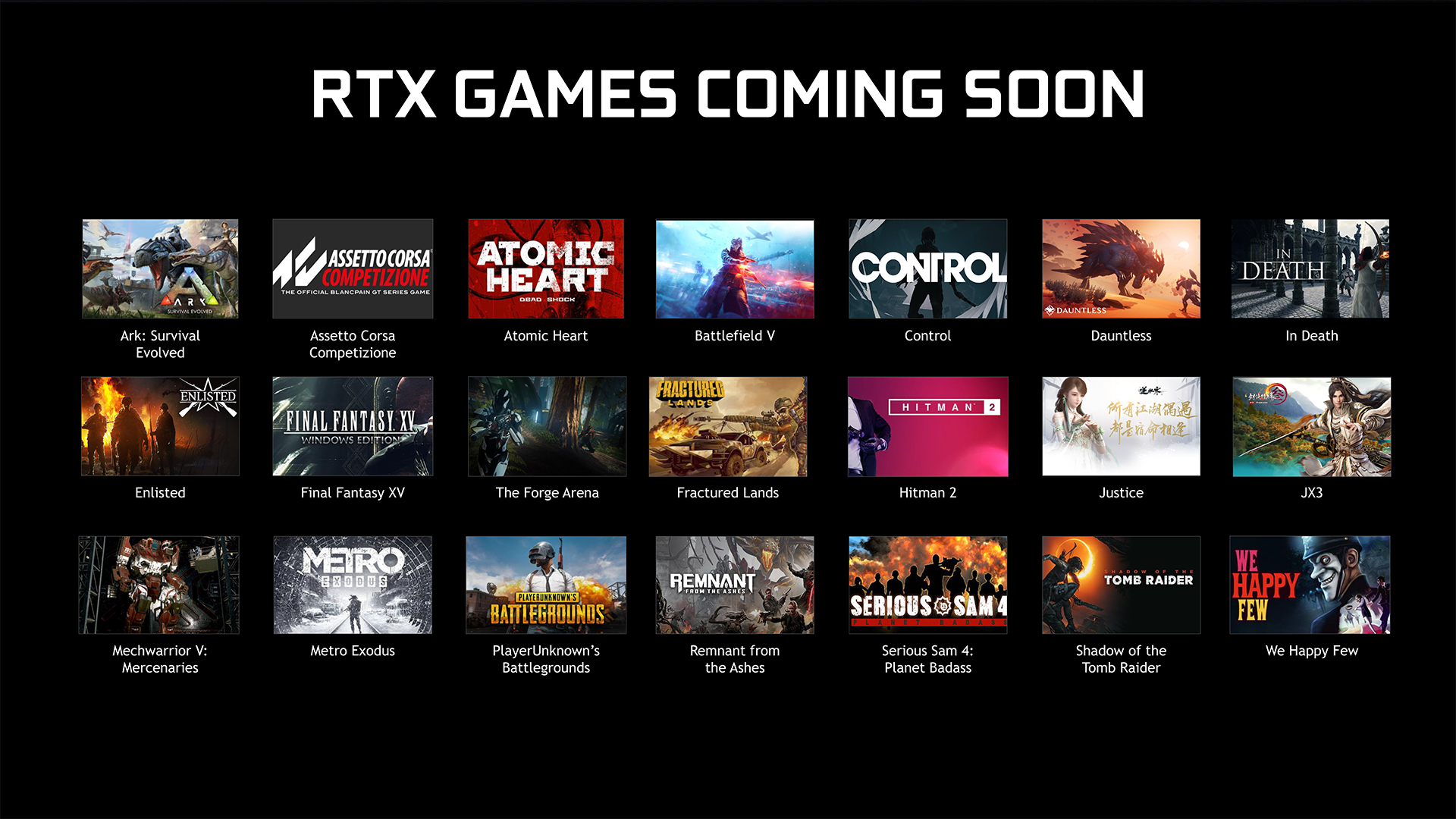
Another year, another new line of graphics cards.Thats what we would have said had Nvidia just announced a GeForce GTX 1180, but it didnt.
Instead, this year Nvidia is pushing the envelope beyond just better performance, a smaller architecture and the usual developments weve come to expect from generational leaps in silicon with a single feature: real-time ray tracing.Despite all Nvidias hype and spending damn near 90% of its press conference on the subject in question we honestly feel that ray tracing really could lead a new revolution in computer graphics in the same way shaders and shadows have set the tone for the last two decades.What is ray tracingIn case you havent heard of ray tracing before, its a light rendering process that quite literally traces rays.
In the same way you can look at a streak of sunlight and follow its path to see where it strikes an object and illuminates other objects around it, ray tracing determines this phenomenon in a digital environment.In short, ray tracing looks at the way light is absorbed, reflected, refracted, scattered and dispersed by every single object in a given environment, but instead of a single streak of sunlight, it can calculate every single photon of light.The purpose of ray tracing is to create more realistic lighting scenarios and natural shadows, and from what weve seen the effect is astounding.
A simple log cabin lit by an open window by traditional digital lighting model looks uniformly washed out, but with ray tracing on, every part of the cabin looks a little darker and lighter than the rest.Likewise, Nvidia showed how flames in Battlefield V can reflect off the pupils of an in-game character and the side of a car door, regardless of whether that content is displayed on your screen at the moment.
That said, this example takes things a little far and, after seeing the Star Wars ray tracing demo a dozen times, it seems as if ray tracing equates to shiny, reflective surfaces but theres much more to it than that.As if lighting wasnt important enough to graphics, they also define how the colors and shadows look.
For example, shadows in current games can look too sharply defined and lack any sort of gradation, whereas ray tracing-generated shadows add that missing level of definition.Why does it actually matterHairworks, Tress FX, PhysX theres never been a shortage of application programming interfaces (APIs) that have tried to make computer graphics look and respond more realistically.However, while these have all been sort of spot fixes attempting to polish up certain aspects of computer graphics, ray tracing could reinvent the wheel.
Because lighting fundamentally defines how everything looks in the absence of light theres only darkness, after all.
We could be looking at the start of a new future for computer graphics.Nvidia is no stranger to introducing new rendering methods after all, there are currently 16 VisualFX tools in its arsenal of GameWorks APIs but it has never announced something that could create sweeping changes in the computer graphics world like this.If anything, thats more of Microsoft and AMDs remit, with the DirectX and Vulkan software developer kits (SDKs), respectively.
But, while these SDKs have lead to higher frame rates that most users wouldnt notice without an fps counter, the improved lighting and shadows that ray tracing delivers are instantaneously recognizable from what weve seen.The long road aheadAll told, were most excited about how ray tracing and RTX will impact the future of video games.As it stands, there are currently only 21 games that promise to support Nvidias ray tracing rendering technique.
Some of these titles are Assetto Corsa Competizione, Atomic Heart, Battlefield V, Control, Enlisted, Justice, JX3, MechWarrior 5: Mercenaries, Metro Exodus, ProjectDH and Shadow of the Tomb Raider.Its more than likely that more and more games will add support, so we can only hope that Intel and AMD will jump on the bandwagon to help make ray tracing an industry standard that much faster.6qWrUt4vnqBm2curXHEKTm.jpg#

 19
19







